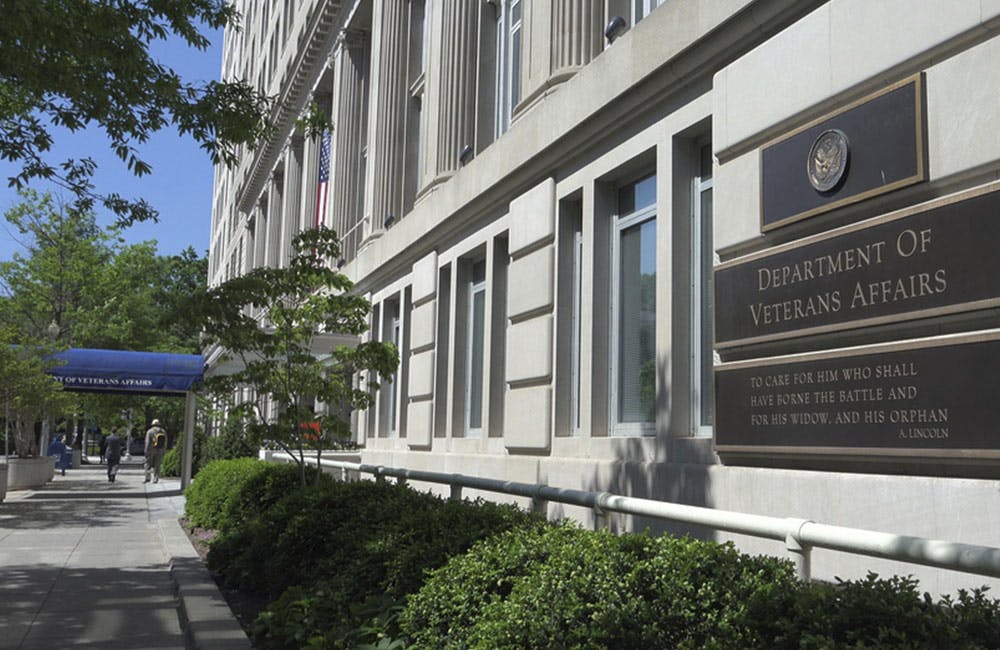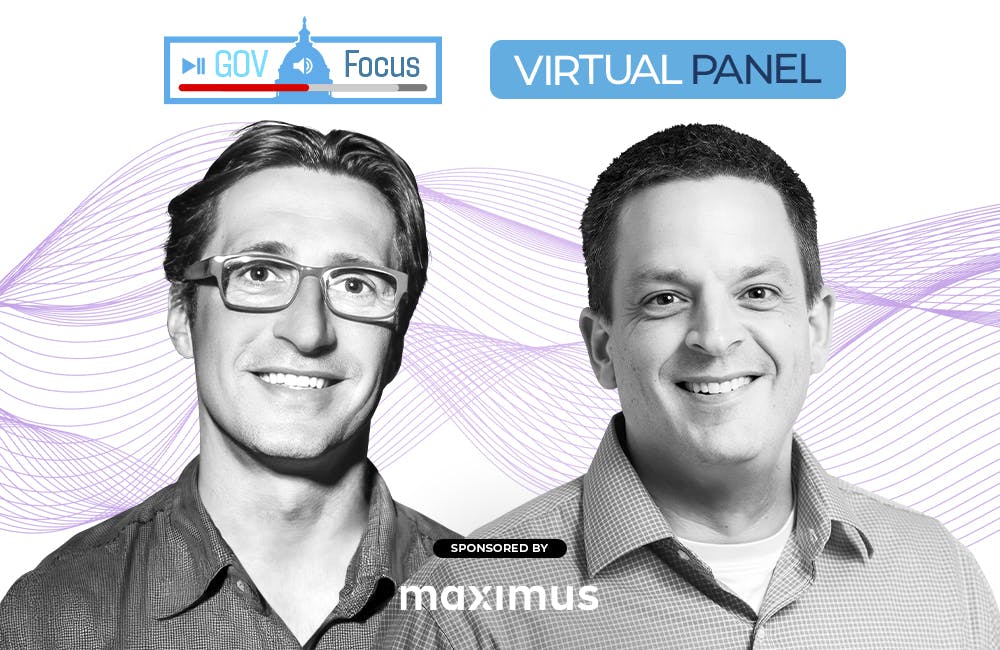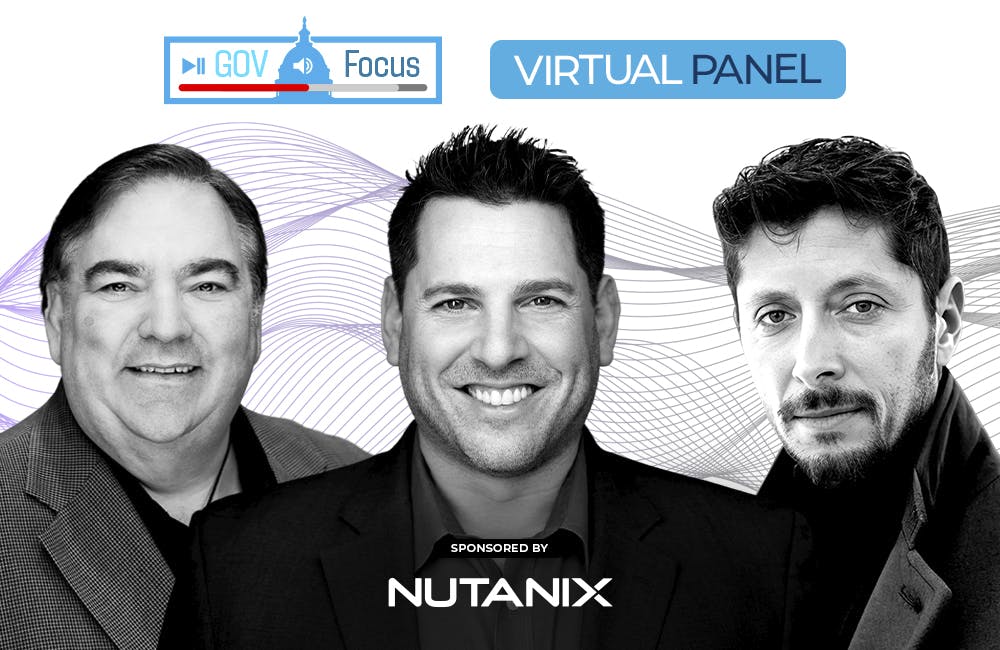Kessel Run, GSA Project Jumpstarts New Age of Cloud Modernization
A new kind of collaboration allowed Cloud.gov to host 100 million unique digital users per hour.

A project named after the weapon used by the character that Star Wars’ Princess Leia sarcastically described as a “big walking carpet” is helping federal defense and civilian agencies scale cloud capabilities to support more users and improve customer experience.
U.S. Air Force software factory Kessel Run, fittingly named for the Star Wars hyperspace smugglers’ route traversed by Han Solo, and the General Services Administration’s Technology Transformation Services (TTS) office announced Wednesday a software-sharing collaboration allowing Cloud.gov to host 100 million unique users per hour.
The collaboration is “a proof of concept for future [federal] website development,” according to the press release.
It’s typical for government websites to host thousands to tens of thousands of users an hour; however, Kessel Run’s Bowcaster team provided “chaos engineering” services to scale Cloud.gov capacity and improve the user experience.
Kessel Run shared its Bowcaster team and tech stack, named for the weapon used by Star Wars’ “big walking carpet” character Chewbacca, with the U.S. Navy Black Pearl software factory last year. The latest collaboration with GSA is the first with a non-DOD entity.
Acting Director of Cloud.gov Lindsay Young said they needed to make sure they were ready for extreme high availability needs, and Bowcaster fit the bill.
“For Cloud.gov, we stood up architectures in order to meet the high-capacity need, and working with Kessel Run we used these technologies to test and confirm that our capabilities are actually able to withstand what we thought it was so we can confidently say we can take on high-availability use cases,” Young said in an interview with GovCIO Media & Research.
Kessel Run’s Chaos and Performance Tech Lead and Deputy Test Chief Omar Marrero said the teams followed the scientific method and DevSecOps methodology by iterating, testing and planning out how they were going to scale the test to support 100 million users.
“We started small and then we kept scaling up. Our Bowcaster team and the GSA team worked together and eventually got to a point where we got to 100 million users, and we were testing that capability to make sure we could scale and support it,” Marrero said in an interview with GovCIO Media & Research.
It took the teams only 10 days to test extremely high availability needs that an agency may encounter during an emergency or typical demand surges.
“Each time we played out a new scenario, there were different things we learned, so we’ve made adjustments to the platform and improved it based on what we found out during every exercise,” Young said.
By partnering with GSA, Kessel Run also learned how to tweak their tech stack to make it more scalable and easier to use, Marrero added. This is a tool that they can use to test assumptions as they continue to roll out cloud capabilities.
The new capability will also offer huge cost savings for federal agencies by sharing the Bowcaster tech stack.
“It also reduces burden on engineering. If we’re able to collaborate between federal agencies and there is no duplicate work, we can anticipate engineering up front so there’s less time trying to figure out how this happened and why it broke, which usually costs more in the end,” Marrero said.
For Kessel Run, this collaboration proved they were able to build a digital service and share it across organizations that will enhance any cloud capability and benefit agencies outside of the DOD enterprise.
“We want to share our expertise and lessons learned with DOD and other agencies. This is prime collaboration, and there is success in that,” Marrero said. “We hope to partner with others to keep doing things like this. This just shows that we can definitely deliver services at speed and collaborations like this helps DOD and all agencies.”
This is a carousel with manually rotating slides. Use Next and Previous buttons to navigate or jump to a slide with the slide dots
-

VA's Platform One Powers Rapid Innovation to Bolster Digital Services
VA's Platform One accelerates software development timelines from weeks to hours, ultimately enhancing digital services for veterans.
5m read -

Marine Corps Operation StormBreaker Slashes Software Delivery Timelines by 17x
New program aims to deliver critical digital capabilities to warfighters at the "speed of relevance" by overhauling traditional processes.
4m read -

Modernization Strategies to Enable Energy Innovation
Lawrence Berkeley National Lab and Maximus experts explore the modernization strategies driving digital transformation and operational resilience within the energy sector.
33m watch -

DOE National Labs Launch New AI Tools for Operational Efficiency
The Energy Department's National Laboratories are using AI to increase operational efficiency and drive research efforts forward.
3m read -

Software Factories Accelerate Federal Modernization Outcomes
IT leaders from Nutanix and SAIC explain how software factories streamline tech development, modernize legacy systems and accelerate adoption of emerging technologies like AI.
34m watch -

AI in Top-Secret Clouds Is a ‘Game Changer’ for IC, DNI Says
Tulsi Gabbard touts significant improvements in AI, data analysis, interoperability and operational intelligence at the AWS Summit 2025.
3m read -

AWS Summit: Forging Successful Cloud Modernization Partnerships
Industry leaders share insights on the critical role industry partnerships have in enabling government agencies to navigate procurement challenges for cloud and zero trust solutions.
24m watch Partner Content -

Air Force, Coast Guard Talk Data Security Efforts for AI Development
The services' AI initiatives include efforts like creating clean training data, countering data poisoning and bridging siloed teams.
4m read -

Federal Agencies Tout Tech in President Trump’s First 100 Days
Defense modernization and health care restructuring landed among some of the key IT highlights within the president's first few months.
6m read -

Disruptive Technologies Charge Next Wave of Federal IT Modernization
Legacy system modernization requires the right tools for seamless migration.
8m watch Partner Content -

Retired Air Force Intelligence CIO: ‘Software Is Everything' to Modern Infrastructure
Modernizing defense infrastructure means breaking away from aging legacy systems toward scalable platforms.
5m watch -

How Federal Agencies Can Overcome Barriers to Tech Adoption
AI is reshaping the federal landscape, offering agencies a way to boost operational and cost efficiency and augment the workforce. However, speedy adoption remains a challenge.
8m watch Partner Content

















